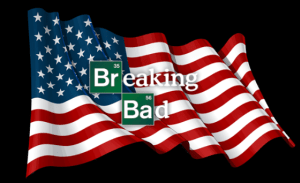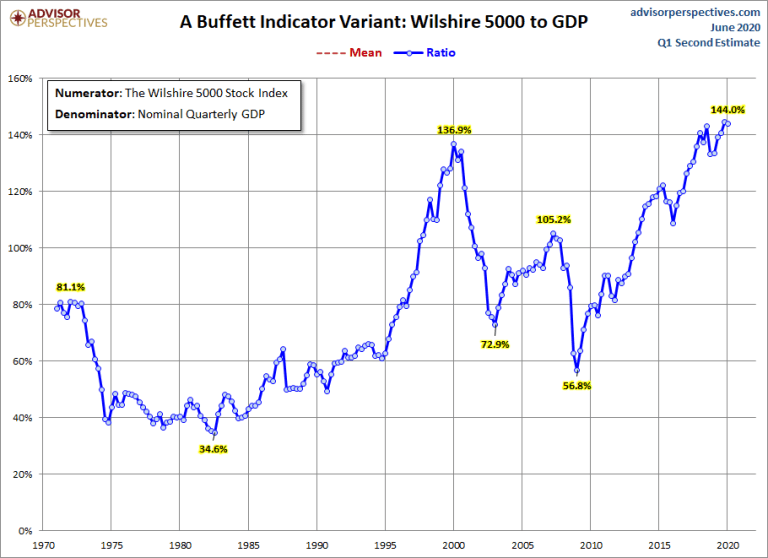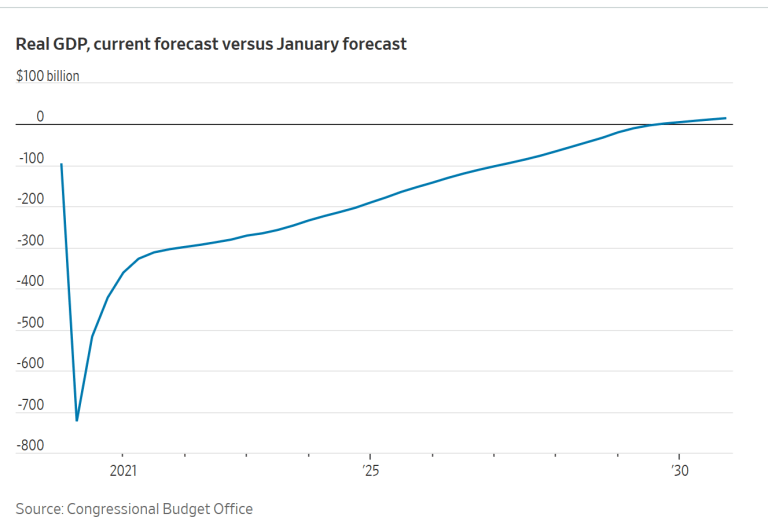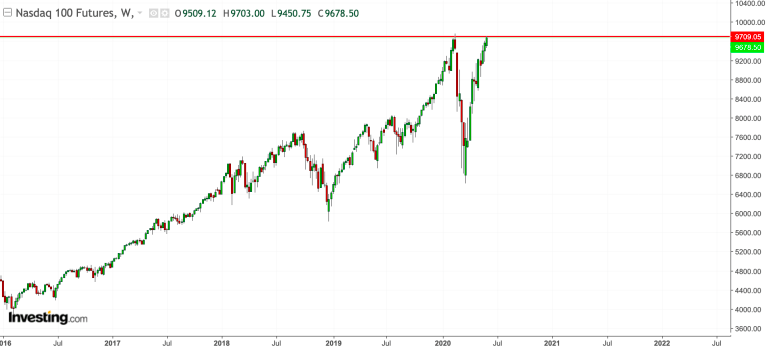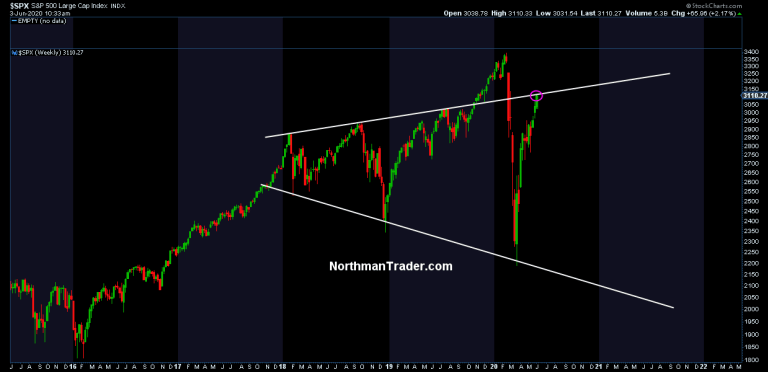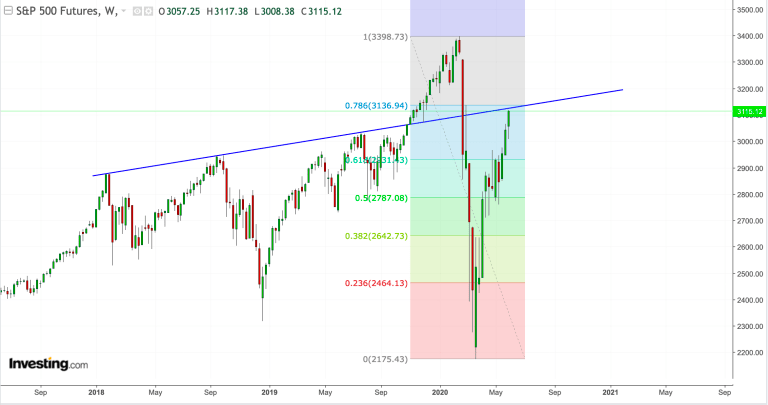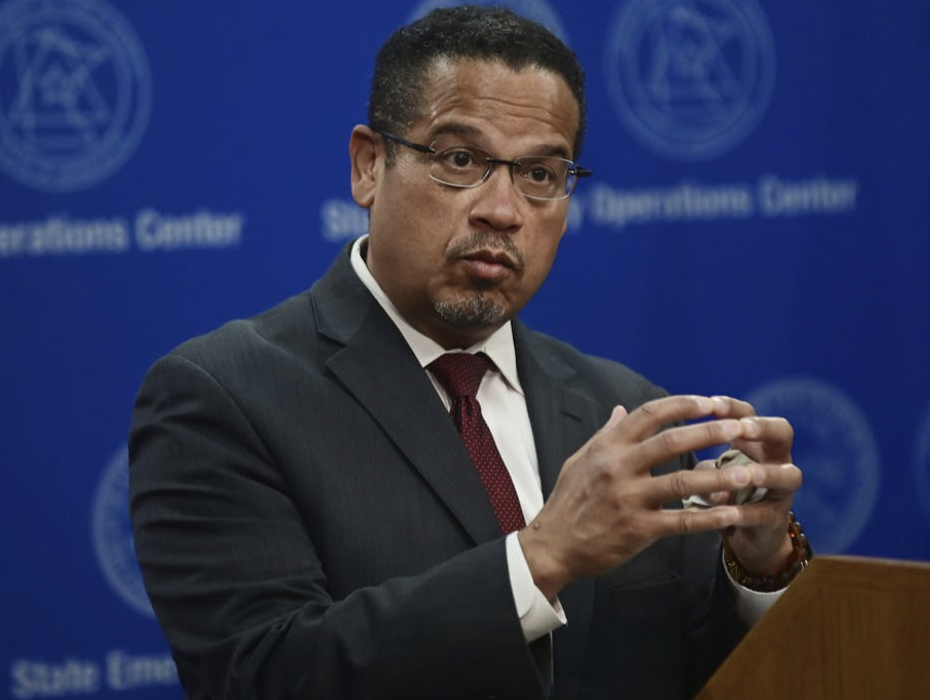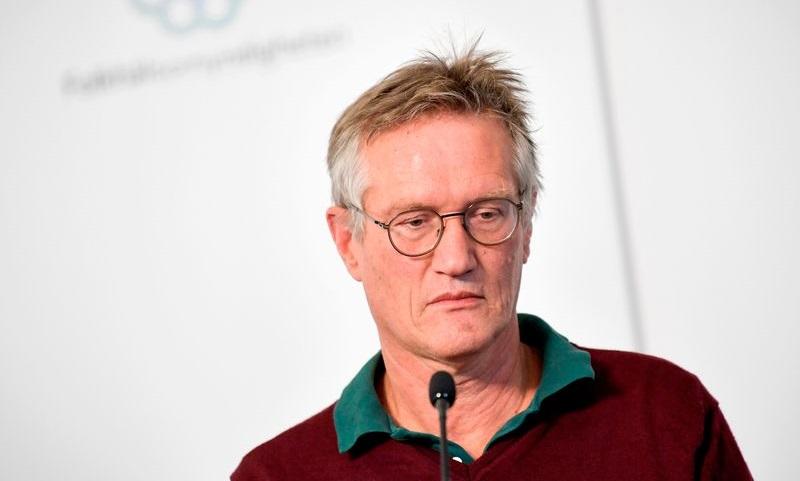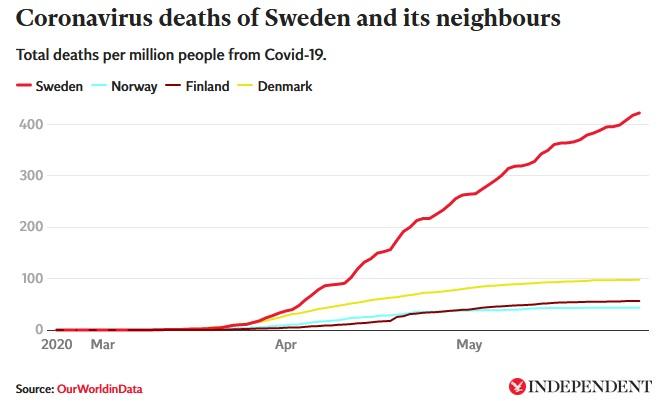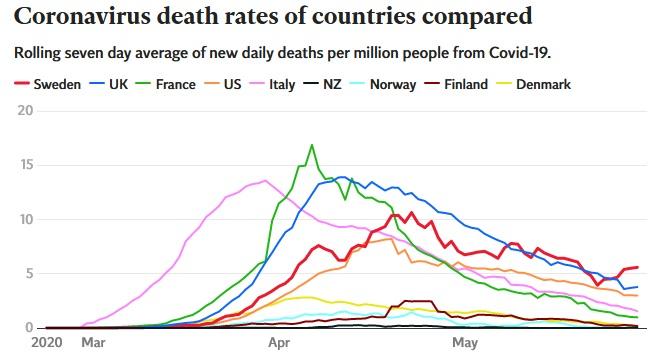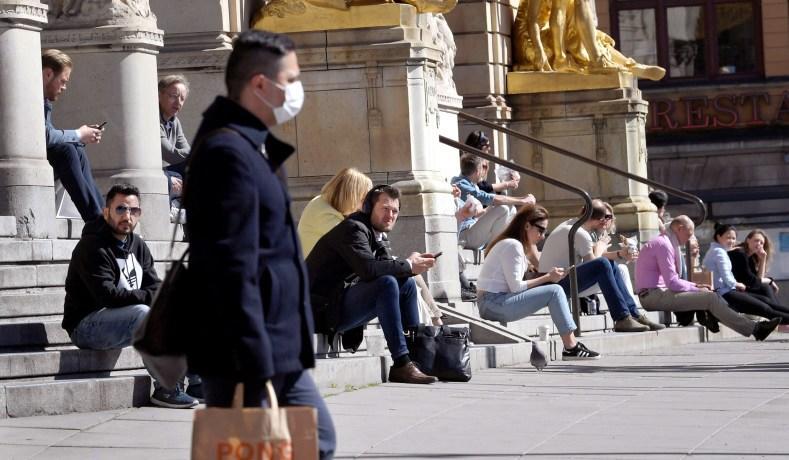The cellphone video of George Floyd’s fatal encounter with three Minneapolis police officers—during which one of them kneeled on his neck for nearly nine minutes, ignoring Floyd’s anguished pleas, bystanders’ objections, and the concerns of a colleague who twice suggested that Floyd should be rolled from his stomach to his side—is horrifying enough on its own. But the anger expressed in the nationwide protests triggered by that incident goes far beyond this case or the litany of others in which cops killed unarmed black men. It reflects a general pattern of racially skewed law enforcement that is clear from data on the use of force by police in Minneapolis and elsewhere. These numbers show that African Americans have good reason to believe their complexions make them especially vulnerable to police abuse.
Whenever a Minneapolis officer draws his gun, deploys a dog, or grabs, shoves, slaps, punches, kicks, tackles, pins, strangles, tases, or pepper-sprays someone, he is supposed to report that use of force. Blacks, who account for a fifth of the city’s population, were on the receiving end of such violence nearly three-fifths of the time during the last five years, according to official records analyzed by The New York Times. Whites, who account for more than three-fifths of Minneapolis residents, were involved in less than a quarter of those incidents.
To put it another way, the Times says, “police in Minneapolis used force against black people at a rate at least seven times that of white people.” While the contrast is especially striking in Minneapolis, researchers have documented such racial disparities in cities across the country.
In a 2016 National Bureau of Economics paper, Harvard economist Roland Fryer analyzed information about police encounters from New York City’s “stop and frisk” program, from a nationally representative survey of the general public, and from reports on incidents in which officers fired their weapons, based on records provided by law enforcement agencies in Austin, Dallas, Houston, six Florida counties, and Los Angeles County. Although he found no evidence of racial disparities in shootings, he reported that “blacks and Hispanics are more than 50 percent more likely to experience some form of force,” such as grabbing, handcuffing, slapping, baton strikes, pepper spraying, and pushing to the ground or against a wall.
According to a 2015 report from the Bureau of Justice Statistics, based on data from a supplement to the National Crime Victimization Survey, 3.5 percent of blacks who reported contact with the police said they had been threatened with or subjected to force during the most recent encounter, compared to 1.4 percent of whites. Among respondents who said they had been stopped by police on the street, blacks were twice as likely to report the use of force. They were also twice as likely to be manhandled during searches. During traffic stops, blacks were three times as likely to be threatened with or subjected to force.
Blacks are also more likely than whites to be searched during traffic stops. A 2018 analysis of stops in Portland, Oregon, found that black drivers were subjected to discretionary searches 9 percent of the time, compared to a rate of 3 percent for white drivers. Based on data collected by the Pennsylvania State Police, The Philadelphia Inquirer found that “troopers were roughly two to three times more likely to search black or Hispanic drivers than white drivers.” And when searches were conducted, “troopers were far less likely to find contraband” if the drivers were black or Hispanic rather than white, suggesting that the evidentiary threshold for searching blacks and Hispanics was lower.
In a 2017 analysis of data from 20 states, researchers at Stanford University found that “white drivers are searched in 2.0% of stops, compared to 3.5% of stops for black motorists and 3.8% for Hispanic motorists.” After the researchers controlled for stop location, date and time, and driver age and gender, they calculated that “black and Hispanic drivers have approximately twice the odds of being searched relative to white drivers.” They were also twice as likely to be arrested. The study found that “black and Hispanic drivers are searched on the basis of less evidence than white drivers, suggestive of bias in search decisions.”
After surveying drivers in the Kansas City area in 2003 and 2004, Charles Epp and two other researchers at the University of Kansas classified police encounters based on the legal justification (or lack thereof) and the amount of discretion involved. They found that black drivers were no more likely than white drivers to report clear-cut “traffic safety stops” (e.g., for running a red light or stop sign, driving at night with headlights off, or exceeding the speed limit by seven or more miles an hour) but were nearly three times as likely to report seemingly pretextual “investigatory stops” (e.g., for an unilluminated license plate, driving too slowly, or no reason mentioned by the officer).
During investigatory stops, Epp and his colleagues reported, black drivers were five times as likely as white drivers to be searched. They were also more likely to be handcuffed and threatened with arrest, and more likely to describe the officer’s demeanor as rude, hostile, or insulting. Blacks perceived investigatory stops as less legitimate than traffic safety stops, while whites made no such distinction. The more stops black drivers had experienced, the less they trusted the police, an effect that was not apparent among white drivers.
Highly publicized incidents like the death of George Floyd are the most extreme manifestations of a quotidian reality. “There is no question that there is residual racism in America,” Senate Majority Leader Mitch McConnell (R–Ky.) acknowledged yesterday. “This is a vexing issue. If we could have figured out exactly what to do, I think we’d have done it years ago. It’s one of our continuing, persistent problems in our society that we’re all acutely aware of.” Some of us more than others.
from Latest – Reason.com https://ift.tt/2zWhuJy
via IFTTT
